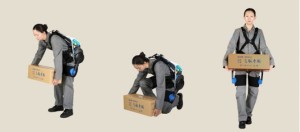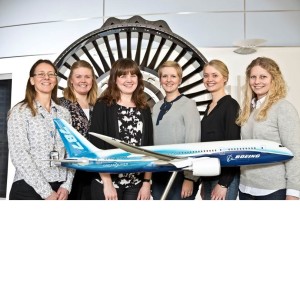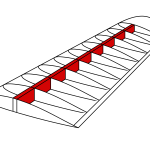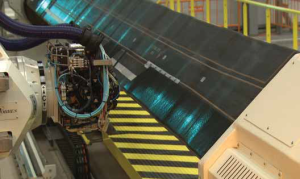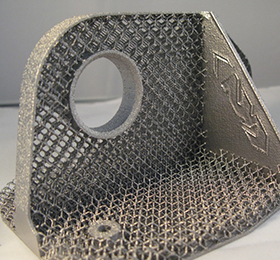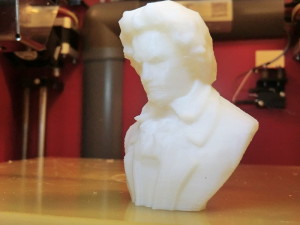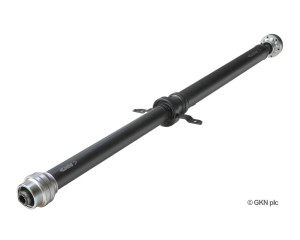The future of industrial production
Production methods and processes are constantly evolving. New technologies and innovations enable more efficient and safer manufacturing processes at the same time as the complexity of the product design can be increased. Within GKN, we are at the forefront in areas such as Additive Manufacturing and are always open to investing in equipment that improve our employees’ health and safety. Below are some trends and future visions for industrial production.
Additive Manufacturing has in recent years been a hot and hyped-up production technology which is expected to revolutionize the manufacturing industry. The method enables the production of complex structures, opening up new, previously unthinkable, possibilities for designers. GKN invests heavily in the development of this technology, especially in Filton, GB, where the company’s center of excellence for Additive Manufacturing is located. The aim with this center is to accelerate the development of the technology and to be well prepared when the demand of parts manufactured by the method increases.
Automation of industrial production is something that has been going on for a long time. Equipment ranging from conveyor belts to welding robots have moved in to the workshops over the years and facilitated the work for the employees. So far, robots have mostly been working in cages to avoid causing any damage. However, the current trend is to remove the cages and let the robots interact with humans. This means that humans and robots can help each other and perform work on a detail in parallel. To maintain safety, the robots are equipped with for example cameras and sensors, and are thus able to track their environment at the same time as the employees are able to communicate with the robot through gestures.
Safety and health is an important area for GKN, why for example safety shoes and safety glasses are required in our workshops. To avoid ergonomic injuries, trainings in for example lifting techniques are offered by the company. However, there is still room for improvement in this area, like it is in most fields. One aid that may decrease the risk of ergonomic injuries is the so-called exoskeleton. An exoskeleton can be described as a mechanical structure that is attached to the body. The skeleton is designed to follow the human movement and assist when for example conducting heavy lifts.
Overall, it looks like that the rapid pace of development and the focus on automation in the production area will continue, and robots will be an increasingly common sight in the workshops.
